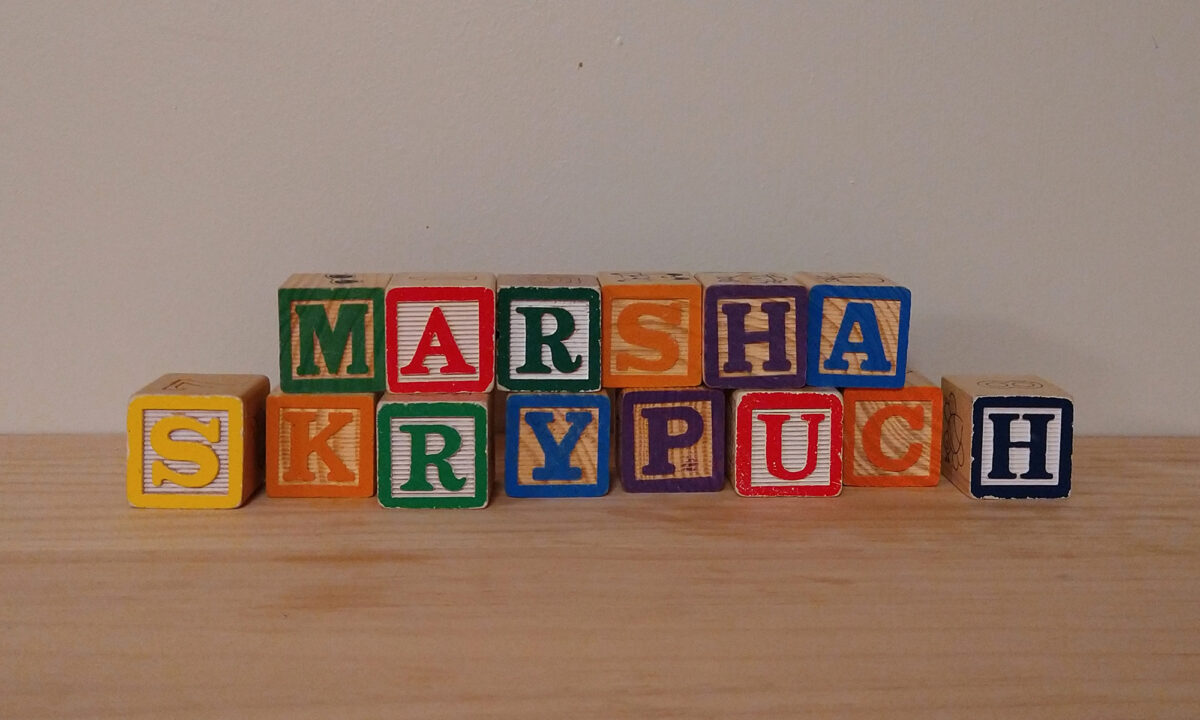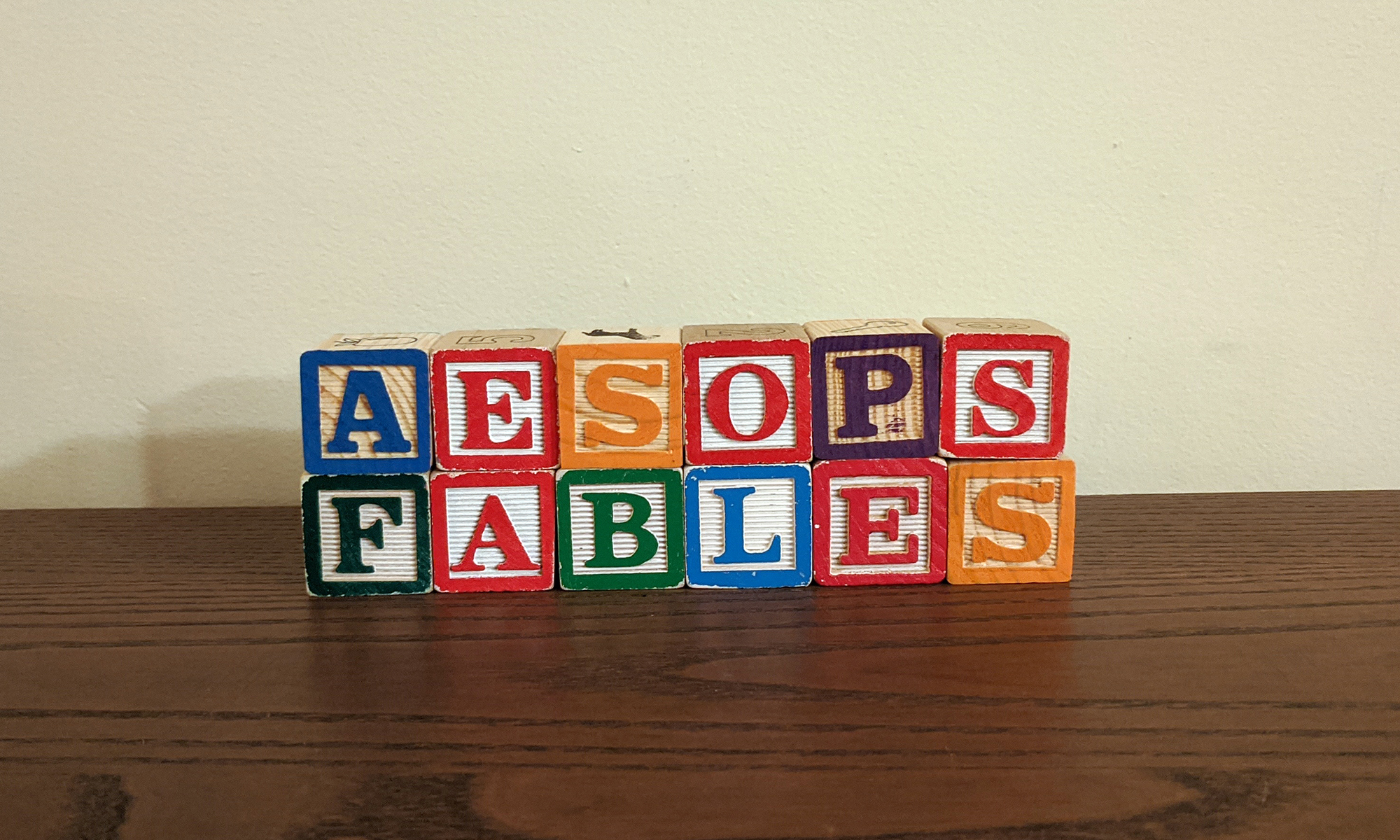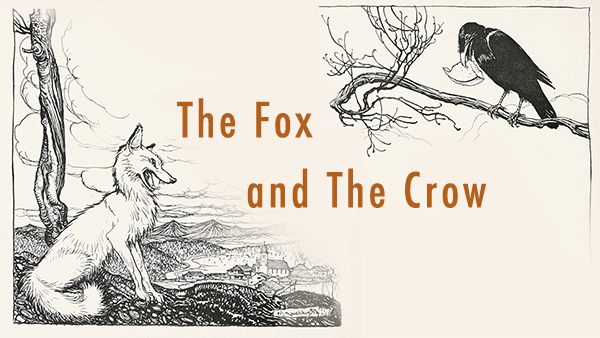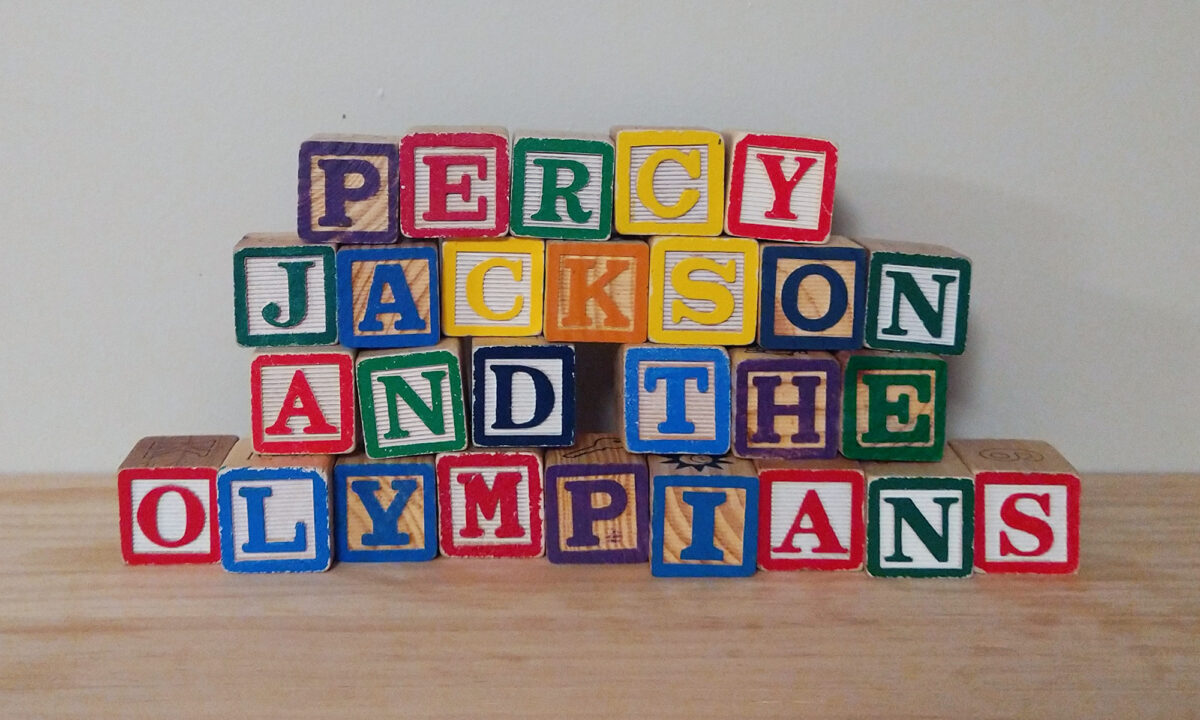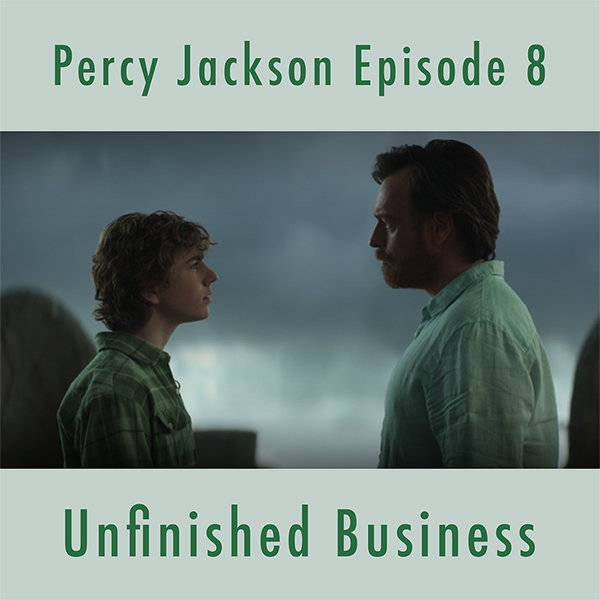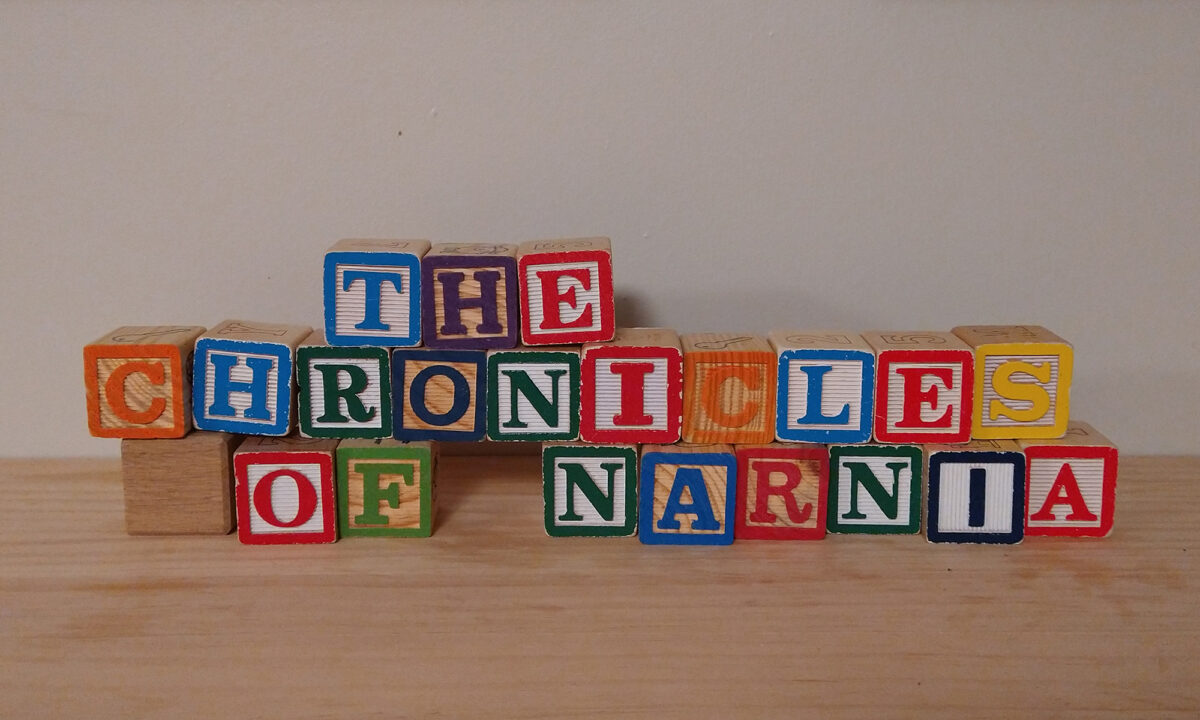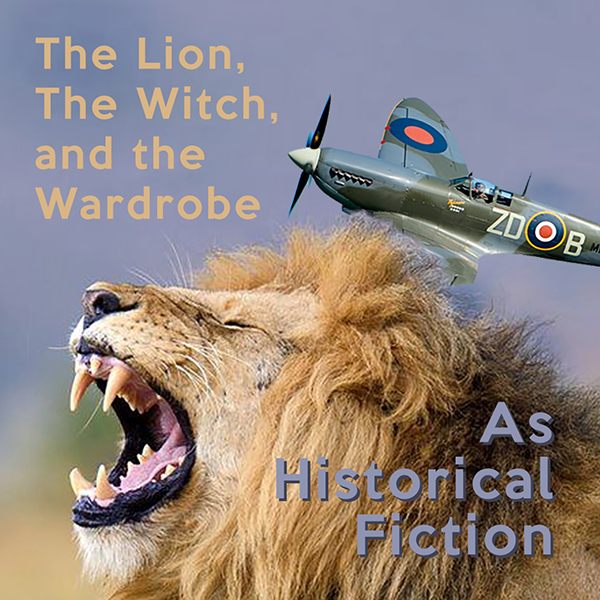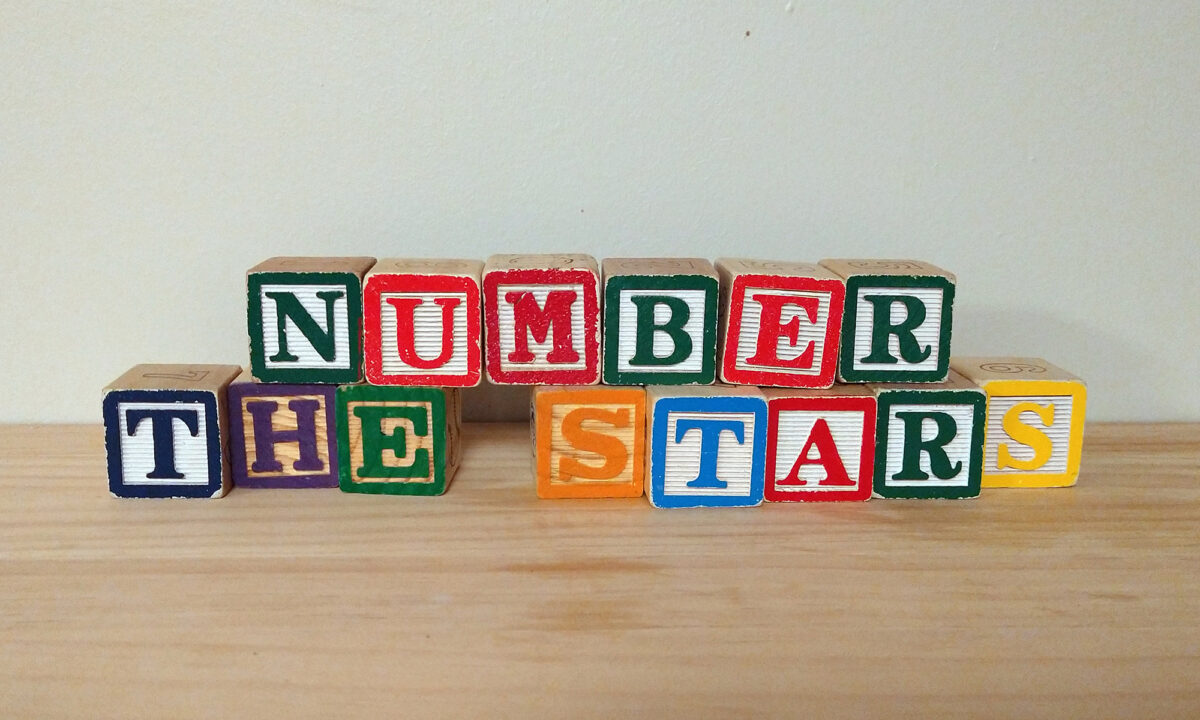Marsha Skrypuch is the author of Winterkill, a work of children’s historical fiction about a boy who lives through the Holodomor, a genocidal campaign of starvation that the Soviet Union imposed on Ukraine during the 1930’s. In this interview, we talk about the research that went into this book, the difficulty of writing about such a heavy topic, and what Marsha will publish next.

In our interview, we mention several things that listeners will enjoy checking out. First is Marsha’s book Enough, a folktale about the Holodomor with beautiful artwork by Michael Martchenko:
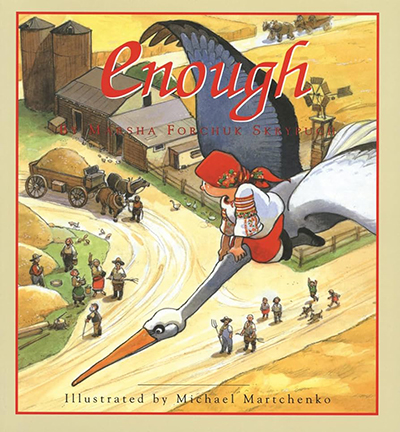 Marsha also recommended Red Famine by Anne Applebaum as the best available non-fiction book on the Holodomor. Listeners can also find excellent historical and statistical information at holodomor.ca, a site managed by the Holodomor Research and Education Consortium.
Marsha also recommended Red Famine by Anne Applebaum as the best available non-fiction book on the Holodomor. Listeners can also find excellent historical and statistical information at holodomor.ca, a site managed by the Holodomor Research and Education Consortium.
Marsha is also the creator of gorgeous Pysanky eggs. These are a traditional Ukrainian art form and Marsha has worked hard to master it. You can see examples of her work on her website, where she also has instructions so that you and your kids can give it a try!
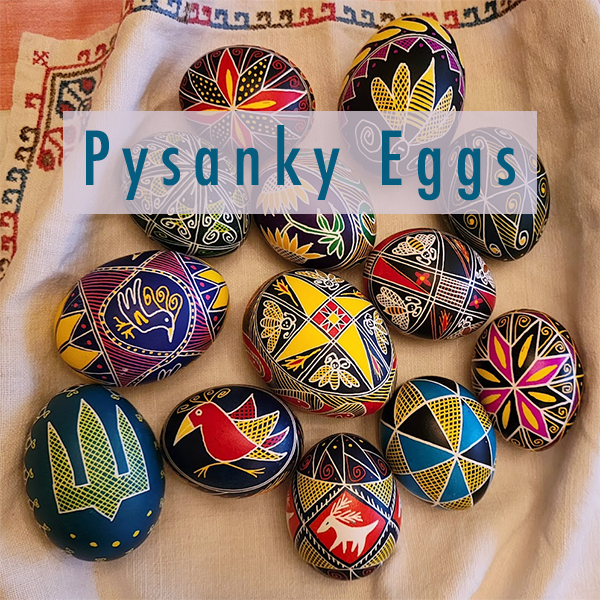 Activity: Would I have done what Alice did?
Activity: Would I have done what Alice did?
In Winterkill by Marsha Skrypuch, a girl named Alice comes to Ukraine from Canada with her father. She has been told that the Soviet Union is a worker’s paradise, where everyone is equal and government programs will solve all problems within only a few years. She eagerly joins in, idealistically joining a youth group and helping her father with his work. She brings a clipboard to Nyl’s village and begins making an inventory of each family’s possessions. But she never stops to think about why she might be doing such a thing.
After reading this part of the story, have an honest conversation with your kids. Can they understand why Alice thinks what she is doing is good? How much responsibility does she have for what happens to the villagers? Would they be able to forgive and even befriend Alice as Nyl does? Encourage students to think about how much they might act like Alice if they were encouraged to do so by parents and teachers. Without placing excessive guilt or blame on children who could not possibly have escaped their historical circumstances, encourage students to thoughtfully consider the reasons young people get swept up in bad political and social movements.
Activity: Make Pysanky
Pysanky are a beautiful traditional Ukrainian handicraft. You and your kids can try making them! Author Marsha Skrypuch has written instructions at her website. “A Simple Pysanka, Step by Step” offers the following advice:
Step one: lightly sketch outline in pencil, then cover up with hot wax everything you want to remain white.
Step two: soak egg in your next lightest colour of dye (yellow is a classic second colour).
Step three: cover up with hot wax everything you want to remain yellow.
Step four: soak in the next next lightest colour — in this case pink — then cover up with wax everything that you want to remain pink.
Step five: soak in your darkest colour.
Step six isn’t shown, but I use raw eggs with the guts still inside because the egg settles into the dye jar better. I remove the guts once all the dying is complete. I dribble hot wax onto the spot where I make my one hole so that the egg guts doesn’t disturb the dye and then I blow air with a syringe, followed by water with the syringe. I ensure the opening is free of filament (ie, if the hole is plugged, the egg will explode in the next step).
Step seven: put a soft buffing cloth on the tray of your microwave. Set your hollowed egg on top. Zap for 10 seconds. Immediately remove and buff with a clean soft cloth. Done!
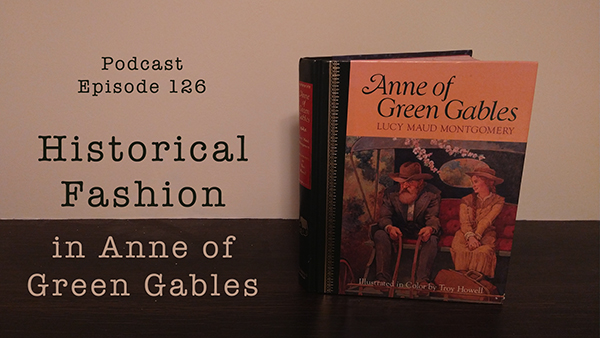 Activity: Teen Fashion Then and Now
Activity: Teen Fashion Then and Now
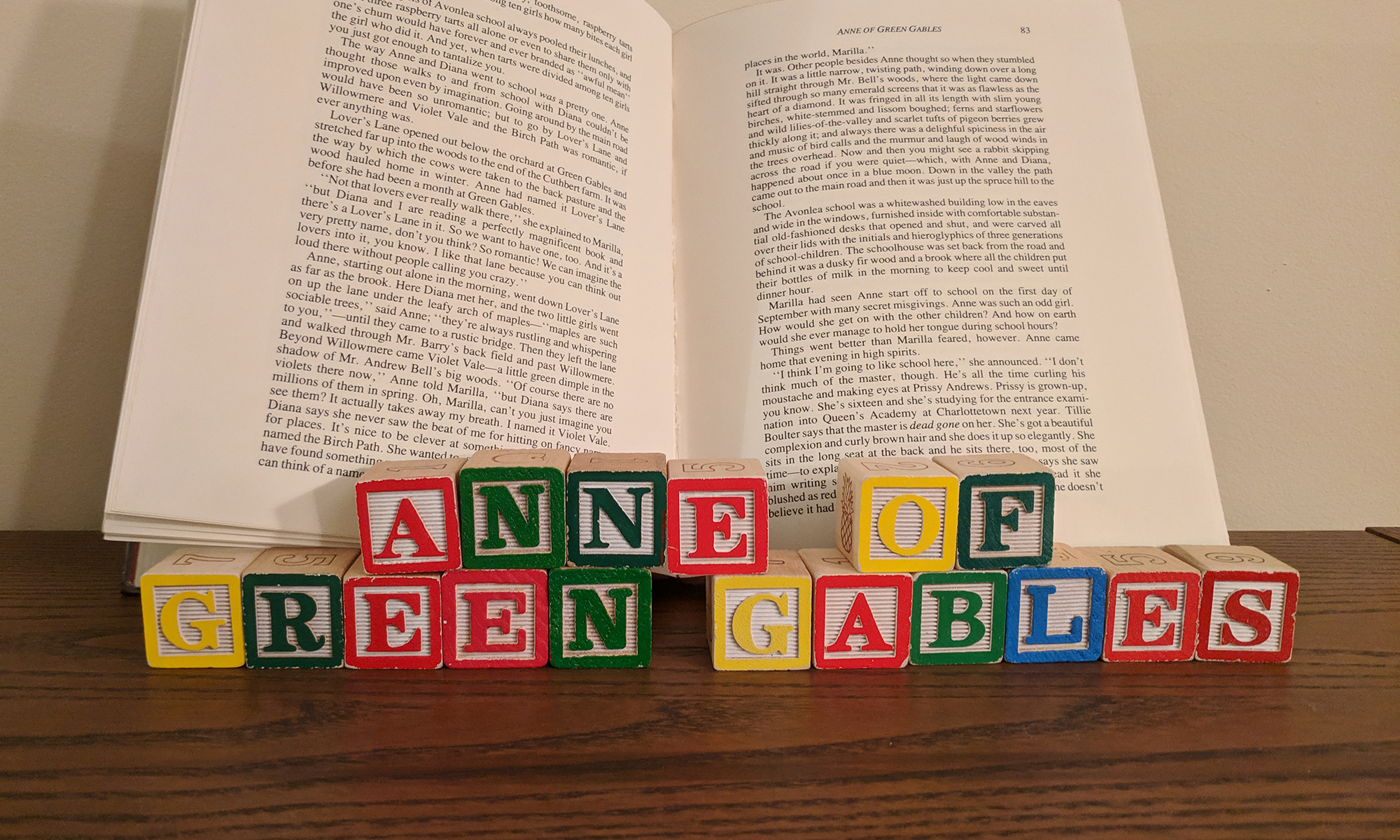
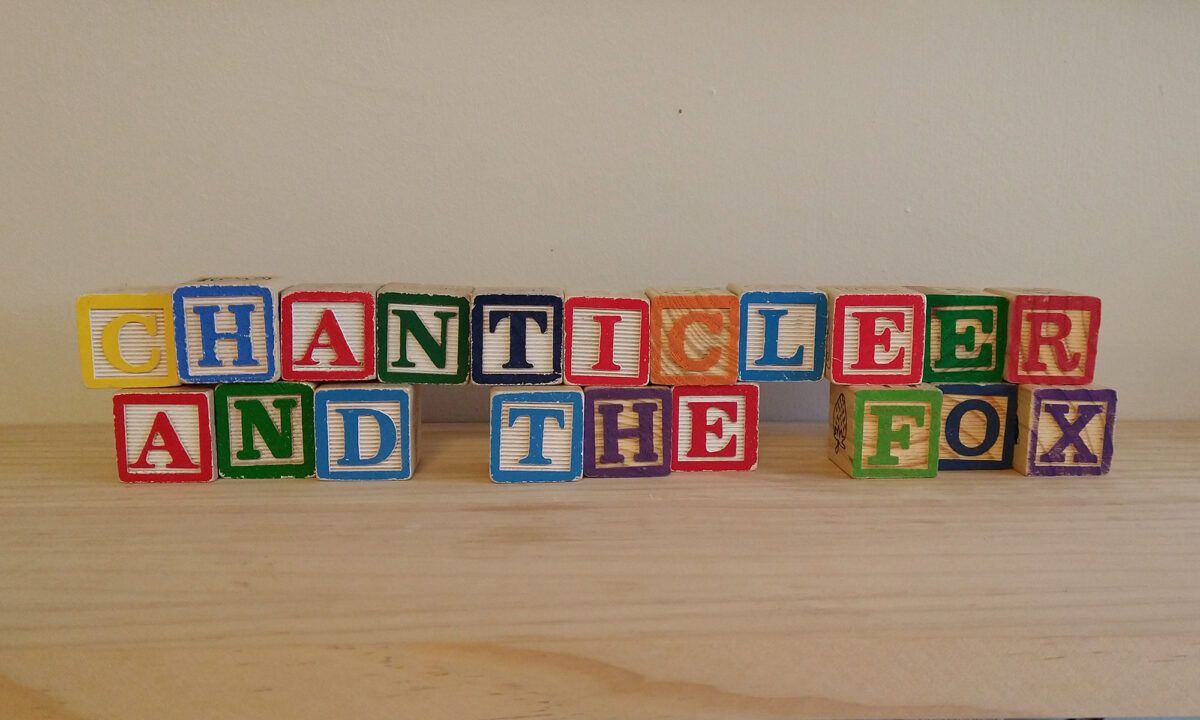
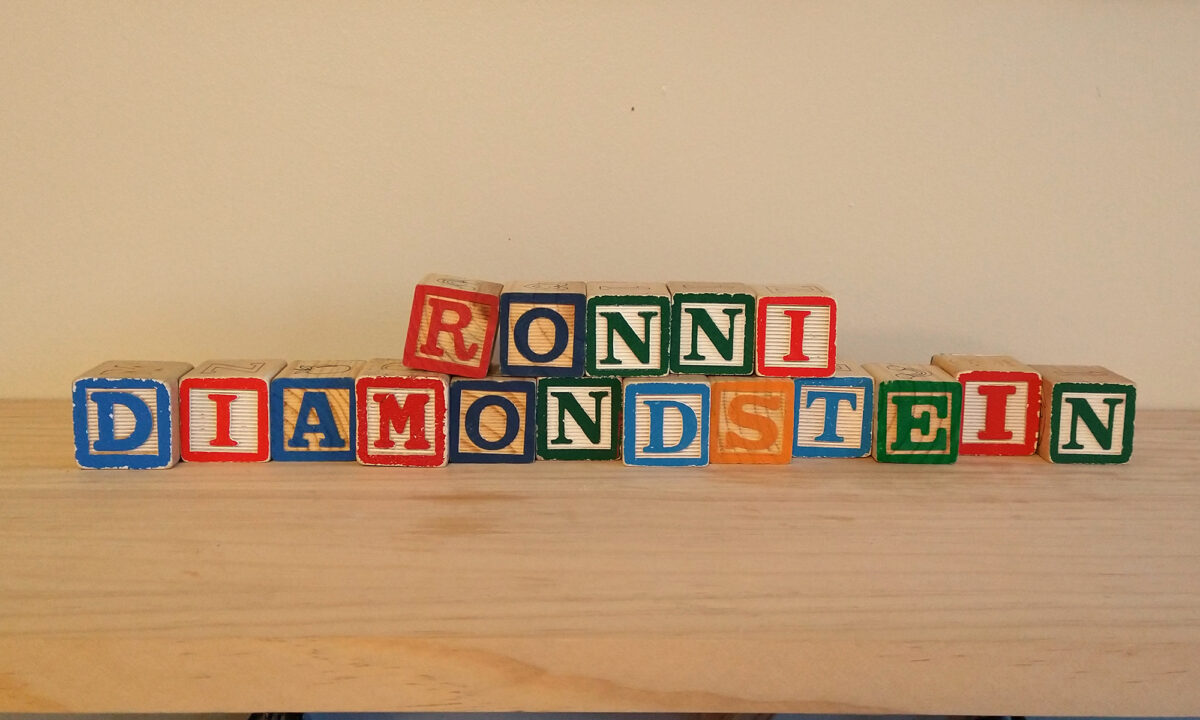

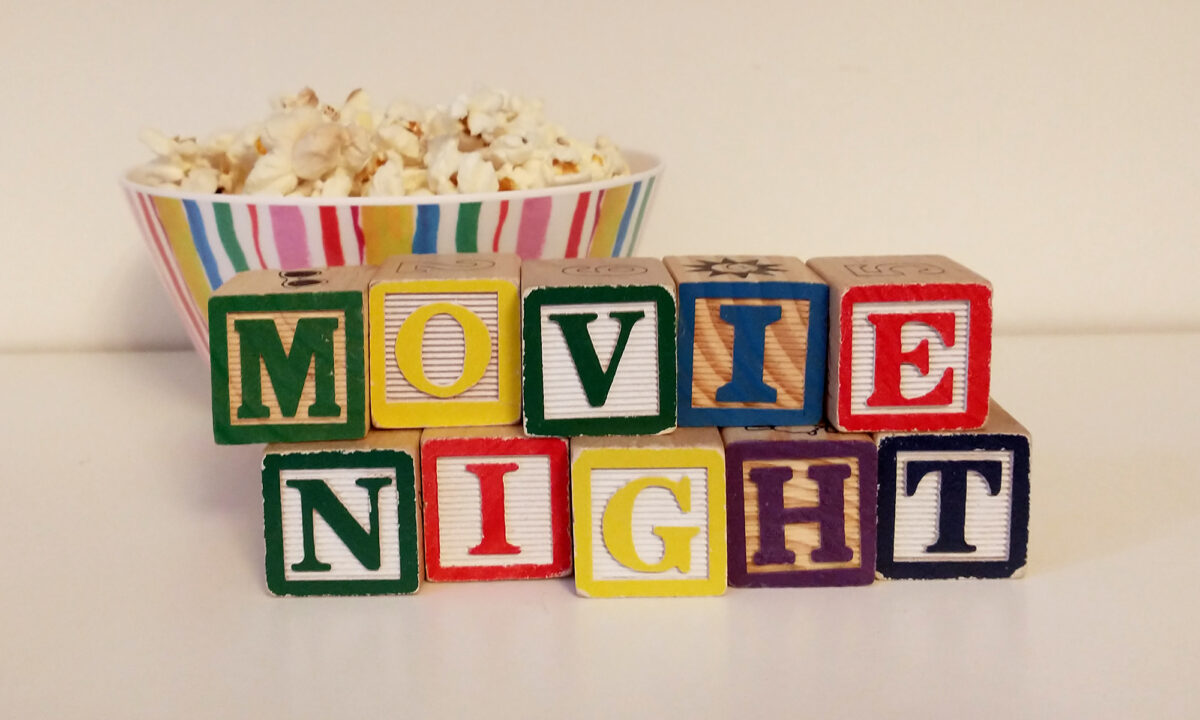
 In this episode, I take a look at the upcoming films Harold and the Purple Crayon, Paddington in Peru, The Lord of the Rings: The War of the Rohirrim, and The Best Christmas Pageant Ever. Will they be good? Can these stories be adapted well to the screen? What mistakes should the filmmakers avoid?
In this episode, I take a look at the upcoming films Harold and the Purple Crayon, Paddington in Peru, The Lord of the Rings: The War of the Rohirrim, and The Best Christmas Pageant Ever. Will they be good? Can these stories be adapted well to the screen? What mistakes should the filmmakers avoid?